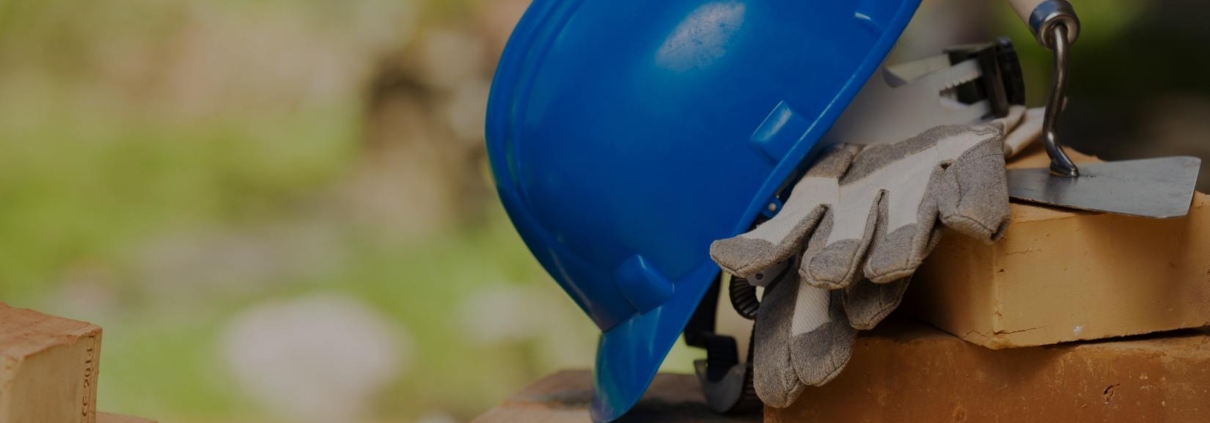Eco-Friendly Masonry: Sustainable Practices in Modern Construction
In an era where sustainability is becoming increasingly important, the construction industry is evolving to incorporate eco-friendly practices. Masonry, a traditional building method known for its durability and aesthetic appeal, is no exception. Today, there is a growing focus on using sustainable materials and techniques in masonry to reduce environmental impact. This blog explores the various eco-friendly masonry practices, their benefits, and how they contribute to a greener, more sustainable future.
The Importance of Sustainability in Construction
Sustainability in construction is about meeting the needs of the present without compromising the ability of future generations to meet their own needs. This involves minimizing the environmental impact of building processes and materials, conserving resources, and creating structures that are energy-efficient and long-lasting. In masonry, this means adopting practices that reduce waste, use recycled or renewable materials, and ensure the longevity of the structures built.
Sustainable Masonry Materials
One of the key aspects of eco-friendly masonry is the use of sustainable materials. These materials are chosen for their low environmental impact, renewability, and recyclability. Some of the most popular sustainable masonry materials include:
- Recycled Bricks and Stones: Using reclaimed bricks and stones from demolished buildings reduces the demand for new materials and prevents these materials from ending up in landfills. Recycled bricks and stones also lend a unique, aged aesthetic to new constructions, adding character and history to modern buildings.
- Fly Ash Bricks: Fly ash is a byproduct of coal combustion, and when used in brick manufacturing, it helps reduce the amount of waste sent to landfills. Fly ash bricks are lightweight, strong, and have excellent thermal insulation properties, making them an eco-friendly alternative to traditional clay bricks.
- Low-Carbon Concrete: Concrete is a widely used material in masonry, but its production is a significant source of carbon emissions. Low-carbon concrete, which incorporates industrial byproducts like fly ash or slag, reduces the carbon footprint associated with traditional concrete production.
- Natural Stone: When sourced responsibly, natural stone is a sustainable building material. It requires minimal processing, has a long lifespan, and can be recycled or repurposed at the end of its life. Choosing locally sourced stone reduces transportation emissions, further lowering its environmental impact.
- Eco-Friendly Mortar: Traditional mortar can be replaced with eco-friendly alternatives that use lime or other sustainable binders instead of cement. Lime mortar, for example, is more flexible and breathable than cement-based mortar, making it ideal for historic restoration projects and sustainable construction.
Energy-Efficient Masonry Techniques
In addition to using sustainable materials, energy-efficient masonry techniques can significantly reduce the environmental impact of a building. These techniques focus on improving the energy performance of a structure, which in turn reduces the energy needed for heating and cooling. Some common energy-efficient masonry practices include:
- Insulated Masonry Walls: Insulating masonry walls help to maintain a stable indoor temperature, reducing the need for heating and cooling. Insulated concrete forms (ICFs) are an excellent example of how insulation can be integrated into masonry construction, offering both structural support and thermal efficiency.
- Passive Solar Design: Masonry materials, such as bricks and stones, have high thermal mass, meaning they can absorb and store heat during the day and release it slowly at night. By designing buildings that take advantage of passive solar heating, such as south-facing walls, masonry can contribute to lower energy consumption and increased comfort.
- Green Roofs and Walls: Incorporating vegetation into masonry structures, such as green roofs or living walls, provides insulation, reduces stormwater runoff, and improves air quality. Green roofs, in particular, can significantly lower the temperature of a building’s interior, reducing the need for air conditioning in the summer.
- Permeable Pavers: Permeable pavers allow water to pass through the surface, reducing runoff and promoting groundwater recharge. These pavers are an eco-friendly alternative to traditional concrete or asphalt surfaces and can be used for driveways, walkways, and patios.
The Benefits of Eco-Friendly Masonry
Adopting eco-friendly masonry practices offers numerous benefits, both for the environment and for building owners. Some of the key advantages include:
- Reduced Environmental Impact: Sustainable materials and energy-efficient techniques reduce the overall environmental impact of construction, helping to conserve natural resources and lower carbon emissions.
- Lower Energy Costs: Buildings constructed with energy-efficient masonry techniques often have lower heating and cooling costs, resulting in long-term savings for homeowners and building operators.
- Improved Indoor Air Quality: Eco-friendly materials, such as lime mortar and natural stone, contribute to healthier indoor air quality by reducing the presence of volatile organic compounds (VOCs) and other pollutants.
- Increased Property Value: Sustainable buildings are becoming increasingly desirable, and properties constructed with eco-friendly practices often have higher resale values. Additionally, they may qualify for green certifications, such as LEED, which can further boost their marketability.
- Longevity and Durability: Masonry structures are known for their longevity and durability. By using sustainable materials and techniques, these buildings can withstand the test of time, reducing the need for frequent repairs and replacements.
The Future of Eco-Friendly Masonry
As the demand for sustainable construction continues to grow, eco-friendly masonry practices will play a crucial role in shaping the future of the industry. Innovations in materials and techniques are constantly being developed, offering new ways to reduce the environmental impact of masonry without compromising on quality or performance.
For homeowners and builders in Toronto, incorporating eco-friendly masonry into their projects not only contributes to a more sustainable future but also offers tangible benefits in terms of energy savings, durability, and property value. By choosing sustainable materials, energy-efficient designs, and responsible construction practices, we can create buildings that are both beautiful and environmentally friendly.
Contact Us
If you’re interested in incorporating eco-friendly masonry practices into your next project, visit Red Robin Masonry or call us at (416) 206-8859 to learn more about our sustainable construction services.



